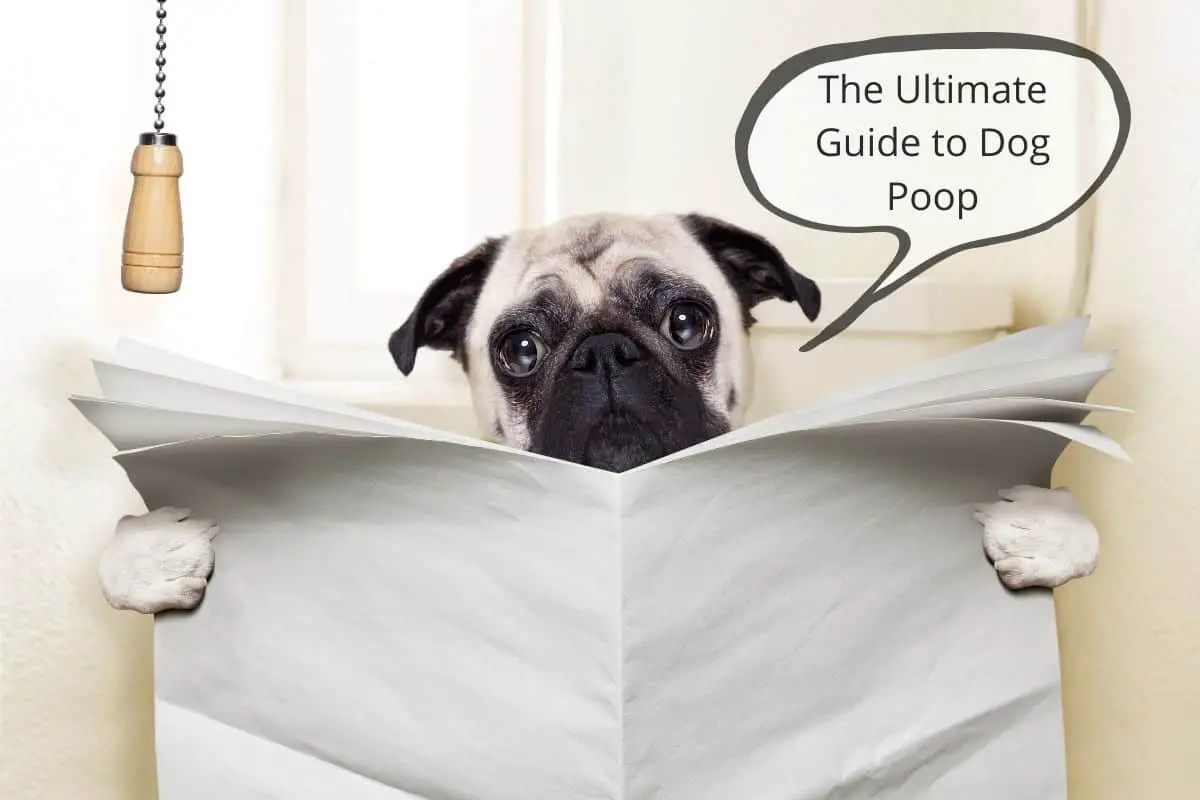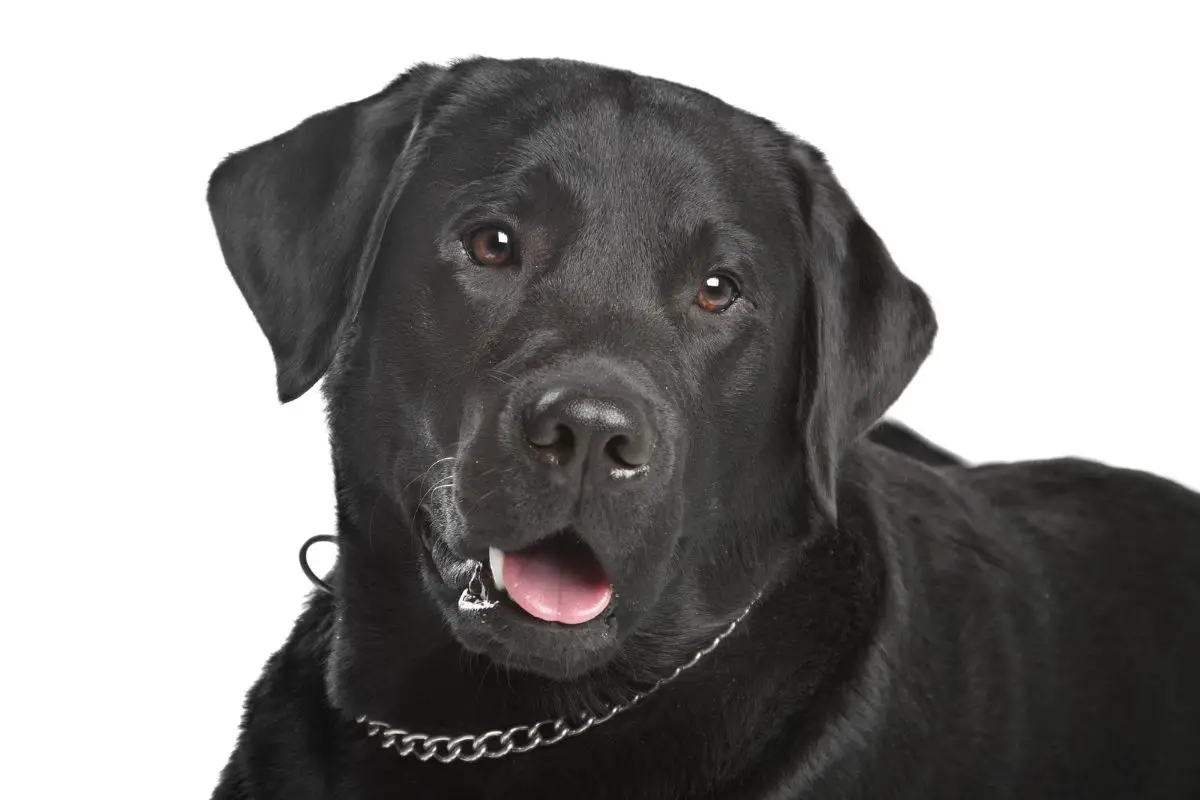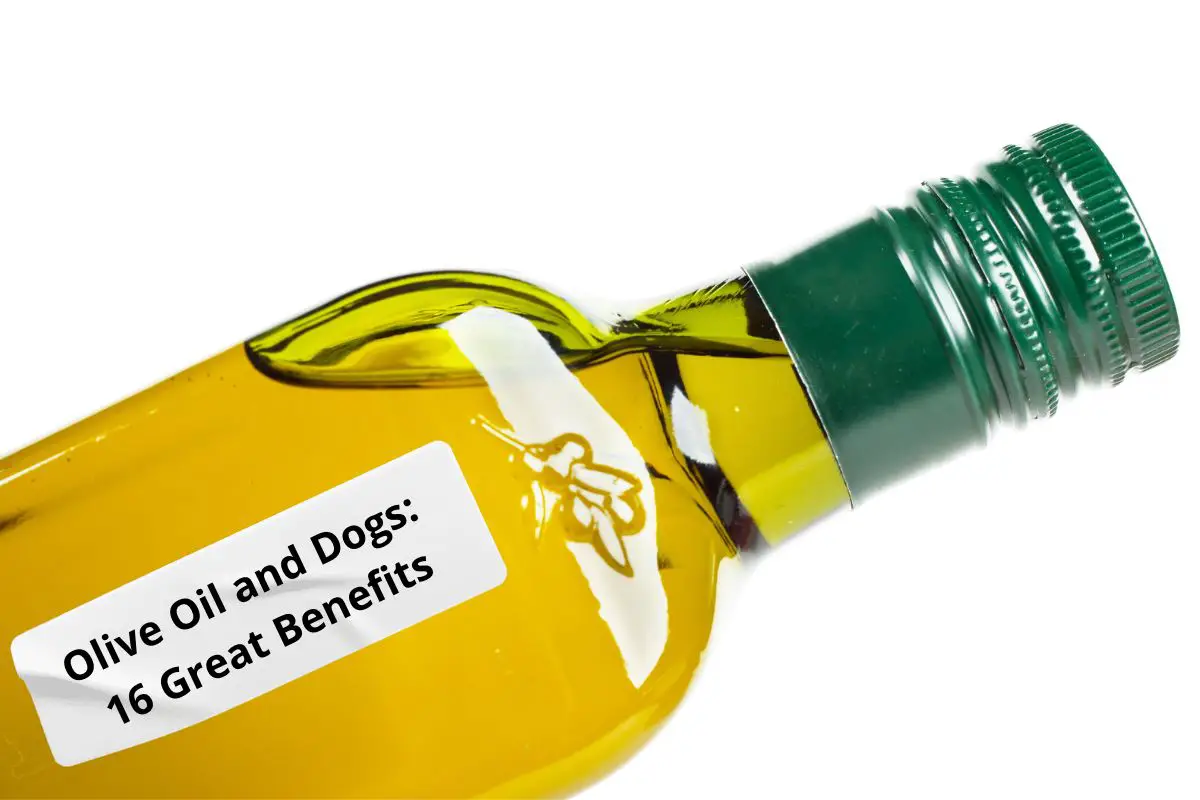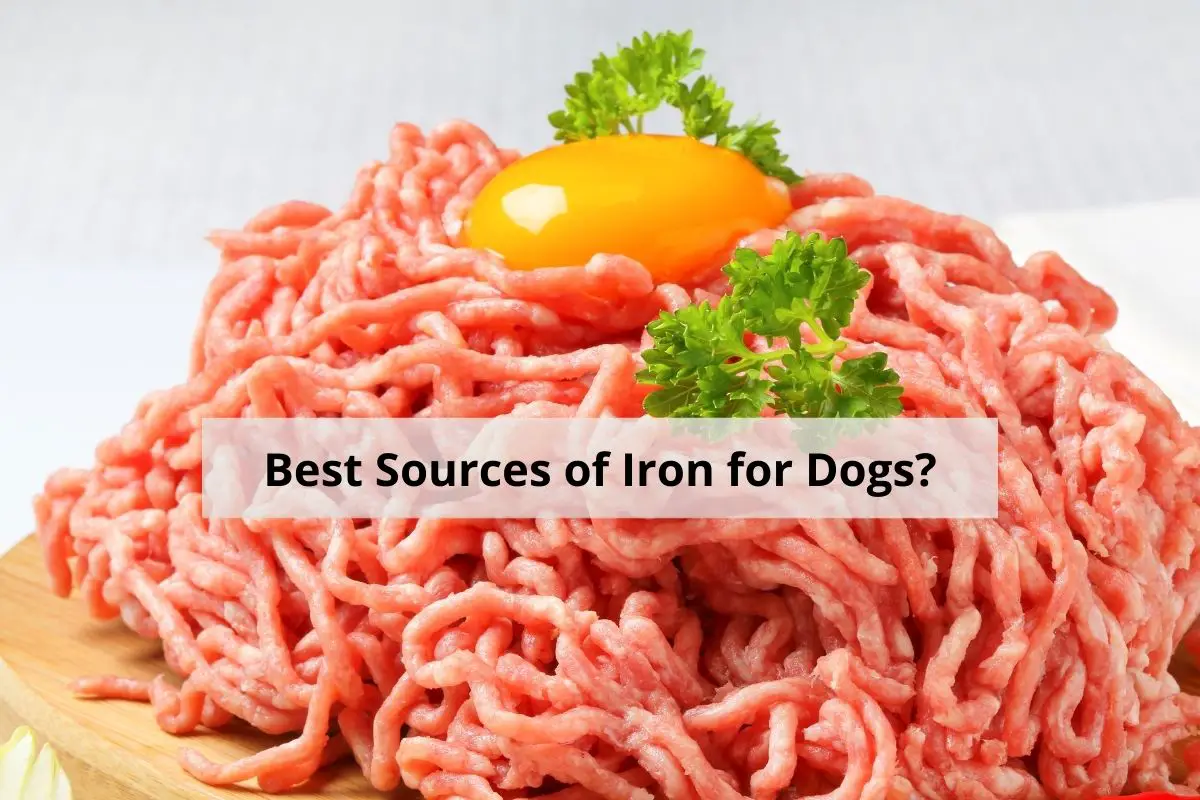This post contains affiliate links.
While dog poop isn’t the most glamorous subject, it’s an important one that all dog owners should be aware of since a dog’s feces can tell you a lot about its health! Now, here’s a question: do you know what’s normal and what isn’t when it comes to dog feces?
Healthy dog poop is brown and has a firm consistency. If a dog’s poop isn’t brown or looks watery, this may indicate health problems, parasites, or dehydration. Black poop can indicate internal bleeding, white poop signals too much calcium, and mucus often stems from food intolerance.
Below, we’ll go over what healthy dog poop typically looks like. You’ll learn about different dog poop colors and consistencies and what they might mean for your dog’s overall health. We’ll also review unusual things in your dog’s diet that can impact their poop.
Table of Contents
What Is Healthy Dog Poop?
To determine if your dogs’ poop is normal, you need to know the proper color, consistency, coating, shape, and content their stool should have. If something seems off, you know they might need a vet visit.
- Color: Healthy poop is typically light brown to chocolate brown, depending on what you’re feeding your pups. If their poop is a strange color, this may indicate specific health issues (more about this below).
- Consistency: When it comes to consistency, dogs’ feces should be pretty firm. Generally, dog poop is judged on a scale from 1 to 7, with “1” meaning the stool is extremely hard and “7” meaning that their stool is runny and watery. Healthy dog stool is about a “2” on this scale.
- Coating: As far as coating goes, normal dog poop should have no coating on it at all. If you notice any strange outer layers or sheens on their poo, this may be an indication that something is wrong.
- Shape: A healthy poop is normally segmented, somewhat resembling a caterpillar. The appearance of poop can vary slightly from dog to dog, so don’t be concerned if it doesn’t look perfectly shaped each time they go.
- Content: Some things in your dogs’ stool will be easy to spot, such as unusual foreign objects like rocks and fur. If they have any of these items in their poop, you’ll likely need to get them checked out. Other things, such as worms, are difficult or even impossible to spot.
It’s essential to regularly get your dogs’ feces checked by your vet to make sure they’re healthy and don’t have any harmful parasites in their systems! It’s better to catch a problem in its early stages than wait until it causes further health issues.
Unusual Dog Poop Colors
If there’s something up with your dogs, their poop may change from a chocolate brown color to a completely different color. If you notice that your dog’s poop has changed, contact your vet for additional information.
Here’s a glance at unusual dog poop colors and what they mean:
Grey Dog Poop
Grey dog poop is generally a sign that they’re experiencing exocrine pancreatic insufficiency (EPI), which basically means that something is going on with their pancreas. Sometimes, grey poop will be accompanied by a greasy-looking substance, indicating that the pancreas cannot produce the appropriate enzymes it needs to break down fat.
If you notice that your dogs’ stool is grey, pay close attention to them each time they go and keep a log of what they’re eating. This will help your vet determine what’s going on.
Yellow Dog Poop
If your dogs’ poop is entirely yellow, it may be a sign that they’re having problems with their liver or pancreas. It could also mean that they’re experiencing biliary disease, an illness associated with your dogs’ gallbladders.
Sometimes, yellow poop may indicate that your dogs’ poop moves too quickly through their GI tracts. This prevents the poo from obtaining bile, which typically turns it that classic chocolatey brown color.
Orange Dog Poop
If your dogs eat many orange substances, such as carrots, orange poop may simply be an indicator of their diet. Artificial coloring in some dog foods can also give feces an orangish tint.
However, dogs’ poop can also turn orange for more severe health reasons. Like with yellow poop, orange poop can be a sign that your dogs’ stool is moving too quickly through their digestive tracts or that something is wrong with their livers. Therefore, if you haven’t been feeding your pups orange foods, yet you notice that their poop looks orange after a day or two, it may be best to contact your vet.
Green Dog Poop
Green poop is typically pretty harmless. It generally means that your pups have been eating a significant amount of grass, likely to help cure an upset stomach.
However, green poop can have more sinister causes, including parasites, ingestion of harmful substances like rat bait, or gallbladder issues. If you know that your dogs haven’t been munching on grass and their poop is still green after a couple of days, it’s probably time to give your vet a call.
Purple Dog Poop
If your dogs’ poop is a dark purple color with a jelly-like consistency, it’s perfectly reasonable for you to be concerned. This is typically a strong signal that your dogs are experiencing internal bleeding in their digestive tracts.
Try not to panic, but seek medical attention ASAP. If you address this problem promptly, your dogs will likely be back to their healthy selves in no time.
Red Dog Poop
Like purple poop, red dog poop is a serious sign that something is wrong since it often proves that your dogs have internal bleeding. It can also be a sign that your pups’ anal glands have an infection. Never ignore red feces, and be sure to contact your vet right away.
Black Dog Poop
As with purple and red dog poop, black dog poop is also a pretty big warning sign that something is wrong with your dogs’ health. Black poop may be due to internal bleeding in your pups’ GI tract, or it could even be a sign of an ulcer. In either case, you should take your dog to the vet right away.
White Dog Poop
If you’ve ever looked at your dogs’ poop after it dried and noticed that it’s white, you may think this is cause for concern. However, don’t worry. White poop is generally just a sign that they have a little too much calcium in their diet. This is common in dogs that regularly chew on animal bones or follow a raw diet in which they eat a lot of uncooked meat. White poop is typically no big deal.
However, if your dog’s poop only has white speckles, there may be a different culprit: worms. This does warrant a vet visit, as some worms can negatively impact your pup’s health.
Unusual Dog Poop Consistency and Smell
If your dogs’ poop has a weird consistency or smells especially bad, these may be signs that some deeper health issues are going on. Do your best to pay attention to your dogs’ feces to determine if anything looks unusual.
Watery Poop
Watery poop is a pretty common issue that most dogs will face at some point in their lives. If your dogs’ poop is only runny every once in a blue moon, there’s likely no reason for you to be concerned, especially if they’re eating and acting the same as usual.
However, if their poop has been watery for two or three days, it’s probably time to take them to the vet, especially if you’ve noticed changes in their behavior, such as sluggishness and weakness.
Watery diarrhea can be a sign of dehydration, which can be harmful to your dogs if you don’t treat it quickly. It can also show that your dogs have an infection or they’re experiencing stress. Either way, it’s best to go to your vet to get it checked out.
Constipation
Constipation is when your dogs aren’t pooping as much as they usually do. If it goes away after a day or so, it’s typically no big deal. However, if it’s happening regularly, there could be something more serious going on.
Some common culprits that can lead to constipation are blockages in your pups’ intestines, reactions to a new type of medication, or pelvic injuries that can influence your dogs’ ability to poop. If your dogs have had constipation for two or more days, take them to the vet for a checkup.
Extremely Stinky Poop
All poop is a little bit stinky, so if your dogs’ poop just smells like, well, poop, then don’t worry about it. However, if your dogs’ feces smell especially foul, then this may be a sign that your pups’ digestive systems are having a hard time absorbing the fiber from their food.
Unusual Dog Poop Contents
Staring at your dogs’ poop to see if there’s anything unusual inside of it sounds completely unappealing. But it’s one of the best things you can do for your dogs! Make sure to take a peek at your dogs’ stool each time they go to determine if it contains any of these harmful contents.
Here’s a look at some unusual things you might find in your dog’s poop:
Worms in the Poop
If you see any creepy worms crawling around in your dogs’ feces, you’ll need to give your vet a call. Dogs can develop parasites in their systems, such as roundworms and tapeworms, that come out in their poop. Other types of parasites, like giardia, can make your dogs’ stool look more watery. Parasites can also lead to mucus or blood in their poop.
While you can see some worms with the naked eye, most require a vet to examine a stool sample before you know if they’re there or not. Get your dogs’ poop regularly tested to determine if they have any harmful parasites in their bodies.
Foreign Materials in the Poop
Dogs are well-known for eating things that they shouldn’t. At some point in your dogs’ lives, you may notice rocks, plastic, or other foreign materials in their stool. If you see that your dog is passing any strange items, it may be safest to contact your vet. They’ll likely perform an x-ray on your pups to make sure there’s nothing lodged in their digestive tracts. If anything is stuck, it may require surgical removal.
Another common thing you might see in your dogs’ poop is fur. While a little bit of hair isn’t harmful, seeing big clumps in your pups’ feces may indicate that they’re stressed, have allergies, groom too frequently, or have some type of skin condition that’s causing them to lick or bite off their fur.
Mucus in the Poop
Mucus in dog poop is a warning sign that something is up. Mucus will typically have a shiny, slimy appearance that’ll be relatively easy to spot.
If your dogs’ poop contains mucus, it could be a sign that they have a food intolerance or that their food was switched too fast from one type to another. If there’s a lot of mucus, it may indicate that they’re experiencing a more serious allergic reaction.
Mucus can also be a sign of stress. Your dogs may feel stressed for several reasons, such as you having a baby, bringing a new pet home, putting them in the kennel, and more.
Parasites, such as hookworm, may also be the reason why your dogs’ poop has mucus. These little buggers can harm your pups’ GI tracts, which can bring some severe implications along with it. Contact your vet to get your dogs on medication right away, as this can help sort out the problem.
Blood in the Poop
Seeing blood in your dogs’ stool indicates a severe health problem that needs immediate treatment.
As mentioned above, blood can make your dogs’ feces look purple, red, or black, depending on the circumstances. If the blood is red, this may be a sign that something is going on in the lower part of your pups’ digestive systems, whereas black or purple blood may mean something is going on in the upper part of their tracts.
Blood can also mean that your dogs’ have ulcers. Ulcers can be very serious, especially if you delay or avoid treatment. That’s because they can tear a hole in your dogs’ intestines, which requires emergency surgery to remedy.
If you notice any blood-like substances in your pups’ stool, take them to the vet right away. Only they will be able to tell you exactly what’s going on and how to treat it.
How a Dog’s Diet Affect Their Poop
Currently, there are two main diets that dog owners follow: the traditional kibble diet and the newer raw diet. Each of these diet choices can influence how much your dog poops and the way their poop smells.
We’ll go over the implications of each diet in detail below.
Kibble Diet
The kind of kibble your dogs eat can significantly influence the quality of their poop. Some low-quality dog foods contain a significant amount of carbohydrates and unnecessary fillers, sometimes up to 70%! All of these unnecessary ingredients cannot be fully processed by your dogs’ bodies, resulting in them producing larger amounts of stinky poo.
Therefore, if you choose to feed your dogs kibble, we recommend selecting a premium dog food that contains at least 18% crude protein and other digestible ingredients. These will be easier for your dogs’ to process, resulting in more nutrients for them and less poop for you to clean up!
Raw Diet
Many dog owners have chosen to switch their dogs over to a raw diet, which is when they eat fresh, dehydrated, or freeze-dried organ meats, muscles, bones, eggs, and some dog-approved fruits and vegetables.
Raw diets typically result in firmer and smaller poop since dogs can process most things they eat. Some dogs on raw diets will also poop less frequently since their bodies aren’t producing as much stool.
While a raw diet may sound ideal for your dogs’ health, it does come with its own risks, such as contracting diseases from the raw meats they’re eating or harming their teeth and organs when eating hard bones. Make sure to consult with your vet before making the switch.
Conclusion
Healthy dog poop is brown, firm, and doesn’t have any weird coating or contents. If you notice that your dogs’ poop color has changed, the consistency is watery, or they aren’t pooping as much as usual, you may want to give your vet a call. If you see blood in your pups’ poop, contact your vet ASAP.
We hope this article has taught you everything you’ve ever wanted to know about your dogs’ stool!
Related Articles
- Does Canned Dog Food Cause Loose Stools? The Truth Revealed
- 13 Foods That Help Dogs Poop
- Do Raw Fed Dogs Poop Less? (We Find Out)
- How to Know if Your Dog’s Black Stools Are Caused by Their Food
Sources
- Ultimate Pet Nutrition: The Ultimate Guide to Dog Poop (everything you need to know)
- Dr.Marty: ULTIMATE GUIDE TO YOUR POOCH’S POOP
- Big Dog Pet Food: What’s your dog’s poo telling you?
- The Spruce Pets: Biliary Disease in Dogs
- Hill’s: Everything You Ever Wanted to Know About Dog Poop
- VCA: Exocrine Pancreatic Insufficiency in Dogs
- Hill’s: High Protein Dog Food: How Much Protein is Good for Your Dog?
- Dogs Naturally: Dog Poo – Let’s Probe Further
- American Kennel Club: Fresh vs. Raw vs. Kibble: What Should You Feed Your Dog?
- Web MD: Raw Dog Food: Dietary Concerns, Benefits, and Risks
Mrdogfood.com is a participant in the Amazon Services LLC Associates Program, an affiliate advertising program designed to provide a means for sites to earn advertising fees by advertising and linking to Amazon.com. We also participate in other affiliate programs which compensate us for referring traffic.





